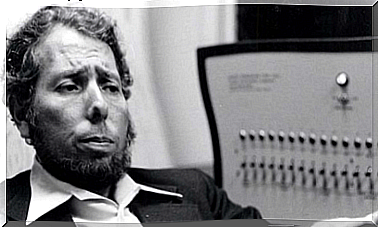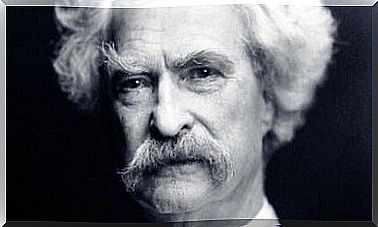Harlow’s Experiment And His Attachment Theory
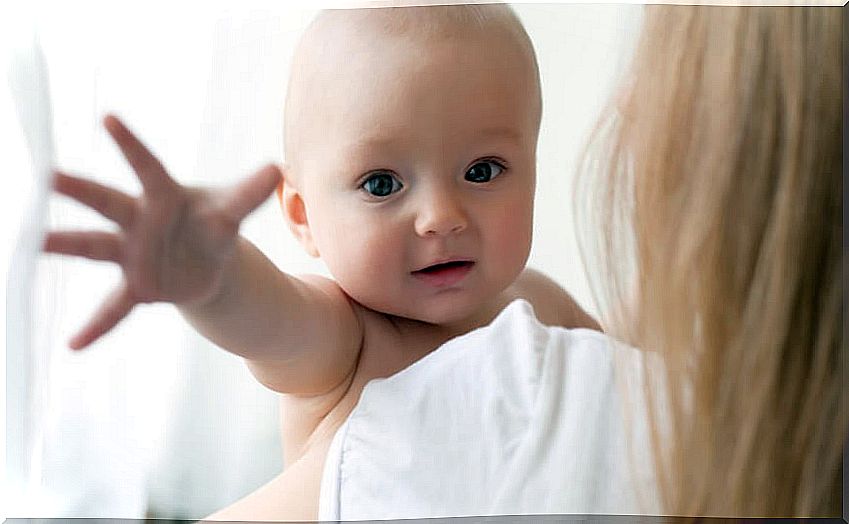
Attachment theory focuses on the psychological phenomena that occur when we establish emotional ties with other people. The way in which we do it will be conditioned by how our parents have related to us during childhood. Hence, on multiple occasions, if the relationship has not been positive, they end up generating types of toxic relationships or that lead to emotional dependence.
Bowlby was the forerunner of this attachment theory and found that maternal deprivation could seriously affect babies. It would become potentially so damaging that they could even become intellectually retarded and assimilate a very harmful way of relating to emotions. Harlow, an American psychologist, decided to test Bowlby’s attachment theory by conducting an experiment that many, if not all, would consider cruel.
The Rhesus monkey experiment
Harlow used the Rheus monkeys, an Asian species that easily gets used to living among humans, for his experiment. The purpose was to study their behavior in the laboratory to test Bowlby’s attachment theory. How could it be otherwise, Harlow separated the young from their mothers to see how they would react.
But, Harlow not only limited himself to watching what was happening, but he used a curious methodology. In the cages where the baby monkeys were kept there were two devices: a full bottle that provided them with adequate food and a stuffed animal, or doll, that resembled an adult monkey. This stuffed animal did not have any kind of food resource to offer the baby.
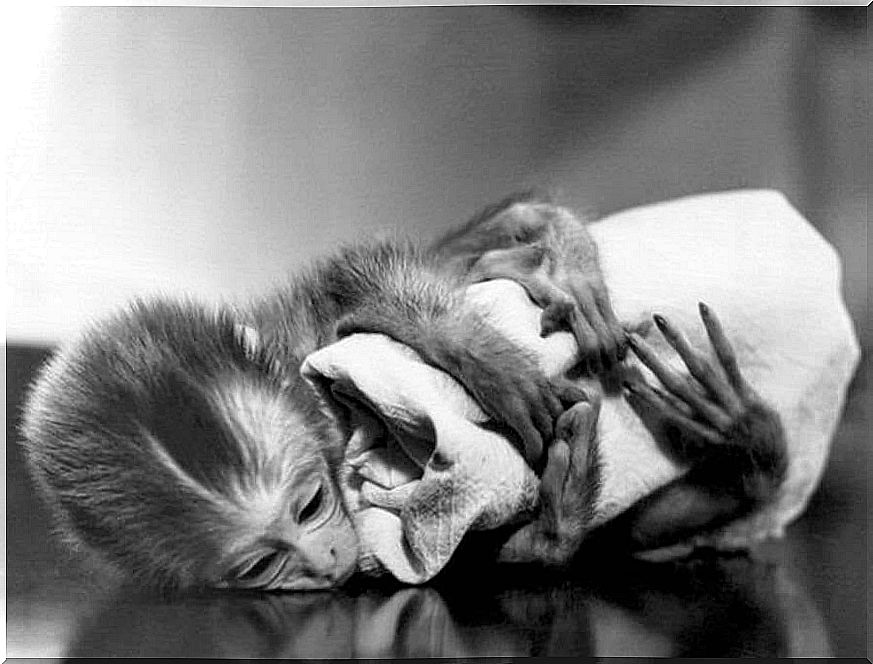
What would the hatchlings choose? This is something Harlow wanted to discover not only to test Bowlby’s attachment theory, but also to discover the reality of unconditional love. The result showed how the babies preferred the doll, despite the fact that it did not provide them with any food.
This allowed Harlow to verify how important is the relationship, the attachment, that the pups have with their mothers when they are very young. Despite not giving them food, they chose the doll that for them took on the role of mother. It is with whom they preferred to spend time. The other was a mere food that gave them neither warmth nor affection.
The most painful attachment theory
Harlow was not satisfied with everything he had verified. He decided to go further without taking into account the welfare of the Rheus monkeys. He confined them in smaller and smaller spaces where there was only food and drink. Thus, he could observe how they behaved in absolute isolation.
Many monkeys were locked in these small cages for months, some even years. Deprived of all social and sensory stimuli, the monkeys began to show alterations in their behavior as a result of all this confinement. The monkeys that spent a year locked up were left in a catatonic state. They were passive and indifferent to everything and everyone.
When the confined monkeys reached adulthood, they could not relate to others in the correct way. They did not find a partner, they did not have any kind of need to have offspring and, on some occasions, their passivity made them stop eating and drinking. Many died.
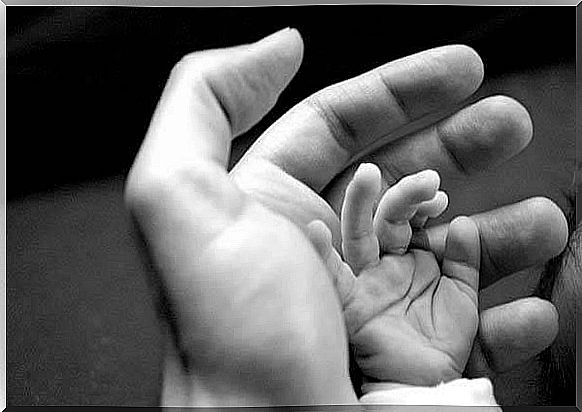
The female monkeys were still lucky, if possible. By taking his research to the extreme, Harlow realized that female monkeys could not get pregnant, as they had no interest in it. That is why he forced them, in the “rack of rapes”, to be fertilized against their will and interest.
To generate attachment, attachment is necessary
The result was completely horrifying. The raped mothers completely ignored the offspring, they ignored them, they did not provide them with food, in short, they did not want them. So much so that many even mutilated them, causing them to even die.
Beyond verifying Bowlby’s attachment theory or not, what Harlow’s macabre experiment made clear was that the needs of his monkeys went far beyond obtaining food or the possibility of rest. For healthy development, their monkeys preferred to meet this need for “heat” rather than meet nutritional needs.
On the other hand, in Harlow’s laboratory it was also clear how important the first relationships were for the behavior of the monkeys in their adult stage. Thus, it was seen that the deprivation of social stimulation at an early age made the monkeys stop having interest in this type of contact in later years and when they were given the opportunity to have it.

The deprivation of affection in humans
Extrapolating these conclusions to human beings, children who have not received the necessary affection as children, who have been isolated, who have been rejected, will have serious difficulties in developing healthy relationships. An indelible mark that would leave emotional deficiencies and a need to seek someone to provide them “at any price” with what they did not have in their first years of life. We are talking about emotional dependence, of course.
*: Fortunately, at present the ethical requirements that an investigation must meet, whether with people or with animals, are much stricter and this experiment in no case could be carried out today. Unfortunately, we cannot repair the torture these animals were subjected to, but we can make their suffering honored by not forgetting what they taught us.





